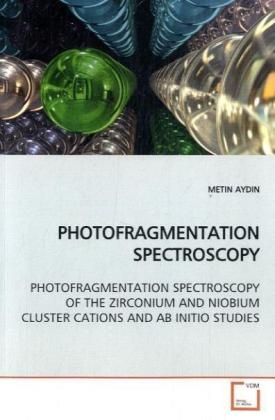Read more
A metal cluster is a group of metal atoms consisting
of two to several thousand metal atoms in gas,
liquid, solid, and plasma phase. Chemical physicists
studying the spectra of transition metal clusters
produced in supersonic nozzle beams and detected by
either resonant two-photon ionization or
photofragmentation allude in their discussions to the
metal-metal multiple bonding. In the field of cluster
chemistry and physics the aim is to understand how a
chemical process depends on cluster size, how the
chemistry of a metal changes with its state of
aggregation, and how structural, electronic, optical,
and magnetic properties vary with cluster size,
eventually reaching those of the bulk metal. Even for
small transition metal (ionic) clusters, their
electronic structures are complexes and remain
questions. For theory, too, the future holds its
challenges. Even cluster as small as diatomics may
prove difficult species to get right answers for
because of the partially occupied d orbitals.
Therefore, it is difficult to calculate the
exchange-correlation energy contribution to the
system in an accurate manner.
About the author
Metin Aydin received his B.S degree in 1989, M.S degree in 1993from Ankara University and Ph.D. degree from The City Universityof New York in 2001. He is currently Assistant Professor atOndokuz Mayis University. His research interest included opticalspectroscopy, Raman spectroscopy, calculations on dye moleculesand metal clusters and CNTs.

